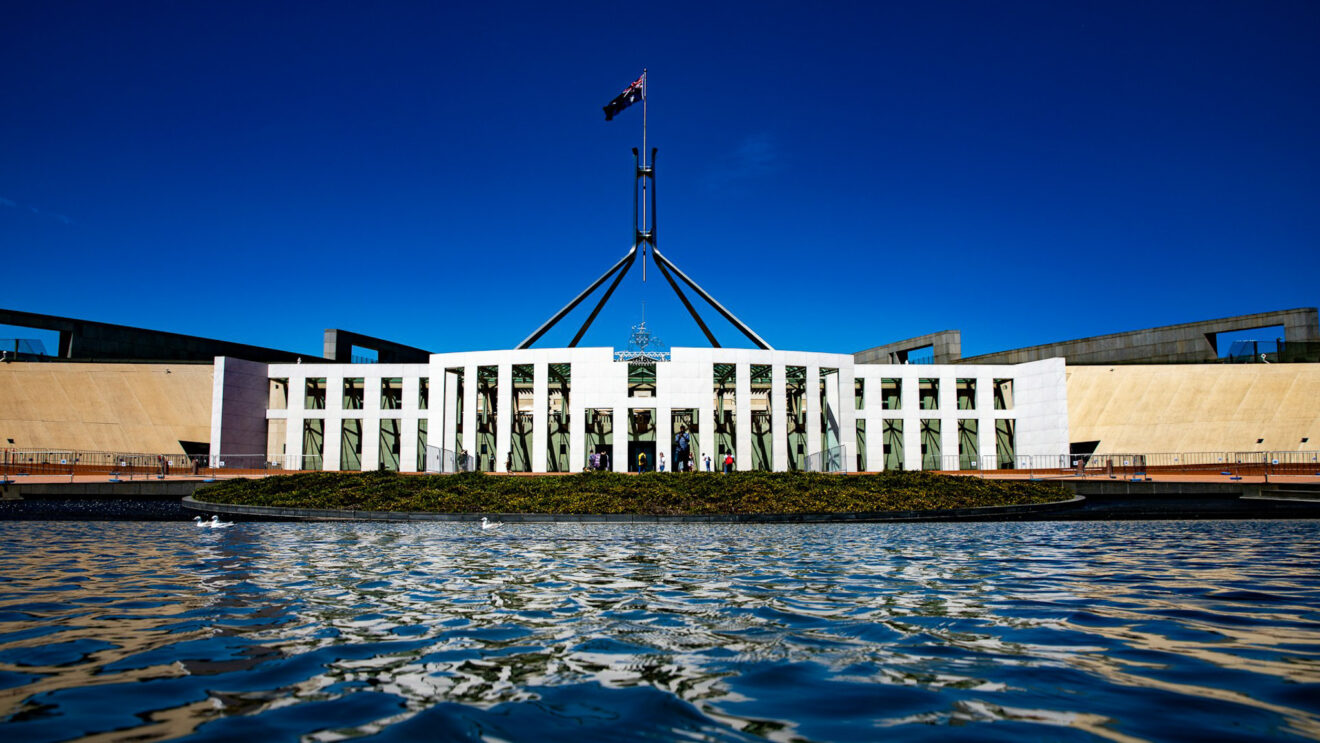

The federal government today introduced into parliament legislation for its social media ban for people under 16 years.
Communications Minister Michelle Rowland said: "This is about protecting young people, not punishing or isolating them, and letting parents know we’re in their corner when it comes to supporting their children’s health and wellbeing."
Up until now details of how the ban would actually work have been scarce. Today’s bill provides a more complete picture.
But many ambiguities – and problems – still remain.

Today’s bill is an amendment of the Online Safety Act.
It introduces a new definition for an “age-restricted social media platform” whose sole or significant purpose is to enable users to post material online and interact socially with other users.
This includes platforms such as Facebook, Instagram, TikTok and Snapchat, but also many more minor platforms and services. It includes an exclusion framework that exempts messaging apps such as WhatsApp, online gaming platforms and services with the “primary purpose of supporting the health and education of end-users” (for example, Google Classroom).
The bill will attempt to force owners of newly defined age-restricted platforms to take “reasonable steps” to prevent people under 16 from having a user account. This will include young people who have an existing account. There are no grandfather provisions so it is unclear how platforms will be required to manage the many millions of existing users who are now set to be excluded and deplatformed.
The bill is also vague in specifying how social media platforms must comply with their obligation to prevent under 16s from having an account – only that it “will likely involve some form of age assurance”.
Oddly, the bill won’t stop people under 16 from watching videos on YouTube or seeing content on Facebook – it is primarily designed to stop them from making an account. This also means that the wider ecology of anonymous web-based forums, including problematic spaces like 4chan, are likely excluded.
Age-restricted platforms that fail to prevent children under 16 accessing their platforms will face fines of nearly A$50 million.
However, the government acknowledges that it cannot completely stop children under 16 from accessing platforms such as Instagram and Facebook.
The legislation will take effect “at least” 12 months after it has passed parliament.
The government’s move to ban under 16s from social media – an idea other countries such as the United Kingdom are now considering – has been heavily influenced by News Corp’s “Let Them Be Kids” campaign. This campaign included sensitive news reports about young people who have used social media and, tragically, died by suicide.
The government has also faced pressure from state governments and the federal opposition to introduce this bill.
The New South Wales and South Australian governments last month held a summit to explore the impact of social media on the mental health of young people. However, Crikey today revealed that the event was purposefully set up to create momentum for the ban. Colleagues who attended the event were shocked at the biased and unbalanced nature of the discussion.
The announcement and tabling of the bill today also preempts findings from a parliamentary inquiry into the impact of social media on Australian society. The inquiry only tabled its report and recommendations in parliament this week. Notably, it stopped short of recommending a ban on social media for youth.

The government claims “a minimum age of 16 allows access to social media after young people are outside the most vulnerable adolescent stage”.
However, multiple experts have already expressed concerns about banning young people from social media platforms. In October more than 140 experts, me included, wrote an open letter to Prime Minister Anthony Albanese in which we said “a ‘ban’ is too blunt an instrument to address risks effectively”.
The Australian Human Rights Commission has now added its voice to the opposition to the ban. In a statement released today it said: "Given the potential for these laws to significantly interfere with the rights of children and young people, the Commission has serious reservations about the proposed social media ban."
In its report, the parliamentary inquiry into the impact of social media on Australian society made a number of recommendations to reduce online harm. These included introducing a “duty of care” onto digital platforms – a measure the government is also moving ahead with, and one which is more in line with best evidence.
The inquiry also recommended the government introduce regulations which ensure users of social media platforms have greater control over what content they see. This would include, for example, users having the ability to change, reset, or turn off their personal algorithms.
Another recommendation is for the government to prioritise the creation of the Children’s Online Privacy Code. This code will better protect the personal information of children online.
Taken together, the three measures above manage the risks and benefits of children’s digital media. They build from an evidence base, one that critically includes the voices and perspectives of children and parents. The concern then is how a ban undermines these efforts and possibly gives platforms a hall pass to avoid obligations under these stronger media policies.